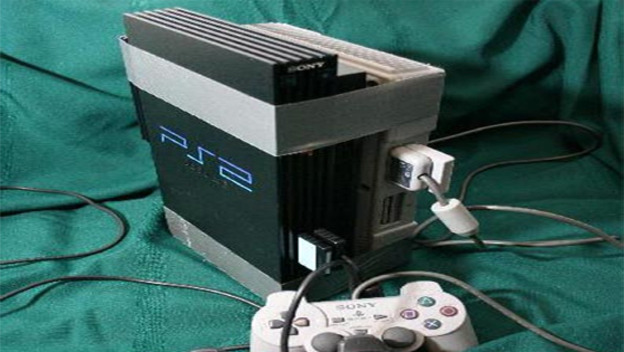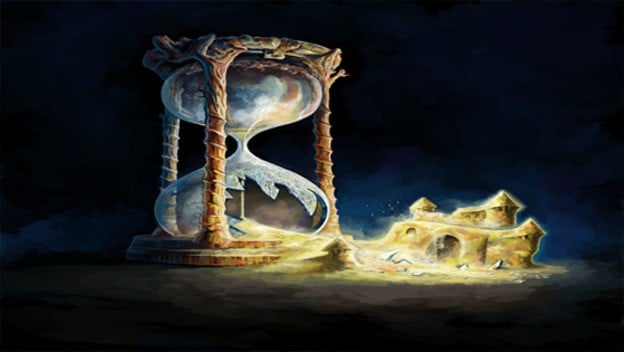This generation was the first gaming generation that allowed us to play digitally distributed console games, but this actually brings up an interesting problem: What will happen to our digitally distributed content when the console generation changes over? We don’t have a whole lot of time to figure this out, considering that the PS4 has been outed and the Xbox 720 (or whatever it’s going to be called) will be debuted and potentially launched this year. So first parties have the potential to either make or break the future of digitally distributed content.
At its core, this is a problem of backward compatibility, which is an issue itself. Back in the days of cartridge-based systems, backward compatibility wasn’t exactly a common thing. Your SNES didn’t play NES games, and your N64 didn’t play SNES games. However, when companies began using disc-based media, everything changed. The PlayStation 2 played PlayStation 1 games, and the Wii played GameCube games, even though the actual size of the game was different.
Backward compatibility isn’t the easiest thing in the world to achieve. Console games aren’t designed to operate with a wide variety of system specs like PC games are. They are designed to run specifically for the specs of whatever console they will be released on. Now, you’d think that it would be easy to get a less powerful game to run well on a more powerful console, but it’s not that easy. Just try to get an old school DOS game running on a brand new gaming rig and you’ll see what I mean. When porting a game from one system architecture to another, you’re likely to encounter numerous problems, regardless of system power. Grandia II was an infamous example of this, as the Dreamcast version ran smoothly while the PS2 version had depressing slowdown throughout the entire game.
Successfully making a console backward compatible essentially entails making your new console able to emulate the architecture of your old console. If the new generation of consoles has this capability, then all the companies would have to do is allow us to download all of our old content onto our new systems. However, if they don’t, there’s a possibility that our entire digital library could be invalidated.
Sony has set precedents both for and against a standard model of backward compatibility. Just look at the Vita, for example. The Vita can play all PSP games, but bizarrely can’t actually play PSP discs. So, only digital content is backward compatible on the Vita.
The PS3 is another can of worms. It started as a machine capable of playing PS2 games, but when the slim came out that ability was taken away. And now we’ve come to learn that the PS4 won’t run our PS3 discs at all. This leaves us a bit nervous about all of that digital content we’ve been enjoying.
What mucks this up even more is the fact that we can now store content for other systems on our consoles. Right now, we can store PSP or Vita games on our PS3s. So now we also have to ask the question of whether or not Sony will let us transfer that content over to the PS4 as well.
Digitally distributed content does not just call for backward compatibility, but sustained backward compatibility. Say that the PS4 is, in fact, backward compatible with the PS3’s digital content. Then we would be able to simply port our accounts to the PS4 and be happy, right? Just download all of our digital software again and everything is fine. But what happens when the PS5 comes out? Will the PS5 be backward compatible with all this PS3 content? Will the PS6? At what point does Sony pull the plug and simply say “you don’t get to play your old games anymore?” Or will all consoles from here on out be developed with more flexibility in mind, much like Steam and PC games.
And then there’s the question of transferring accounts. Currently, you can only have your digitally distributed content on two PS3s, and it’s an even bigger pain to put your content on multiple Xboxes. Sony only allows you to have one total account wipe a year, removing your account from every PS3 it is on. When the PS4 comes out, what happens if we have already put our content on too many PS3s? Will we be stuck? Will we have to wait to be able to wipe our content just to be able to transfer our account?

Now, I’m just using Sony as an example because they have more consoles out than Microsoft, but Microsoft and Nintendo are going to have to deal with this problem too. Nintendo has already shown some shortsightedness in the way that they handled digital content on the Wii U. Digital content seems to be tied to your Wii U console, not your account, so anyone who picks up a used Wii U will immediately have access to any games that were purchased on it.
Digital distribution is one of the most powerful tools we currently have available to us in the gaming industry. It could revolutionize the way we purchase and play games, but it brings up a lot of problems. Unless gaming consoles become much more like PCs in the coming days, then first parties are going to have to consider when to render old content obsolete. Either way, it will amount to the gaming populace losing tons of money. If every single console user simultaneously lost access to all their digital content, the combined loss would be in the millions, or even billions, of dollars!
At the very least, we have the first steps toward saving our digital content in place. Accounts are becoming universal and able to be accessed from machines other than their console of origin. Hard drives are growing in size and backward compatibility is just about demanded by the gaming populace. Now, all that we need are a few intelligent business decisions to continue enjoying digitally distributed content in the next gaming generation. Unfortunately, if those decisions are made poorly, it may discourage a lot of us from trusting digitally distributed content in the future.
 | By Angelo M. D’Argenio Contributing Writer Date: February 27, 2013 |
